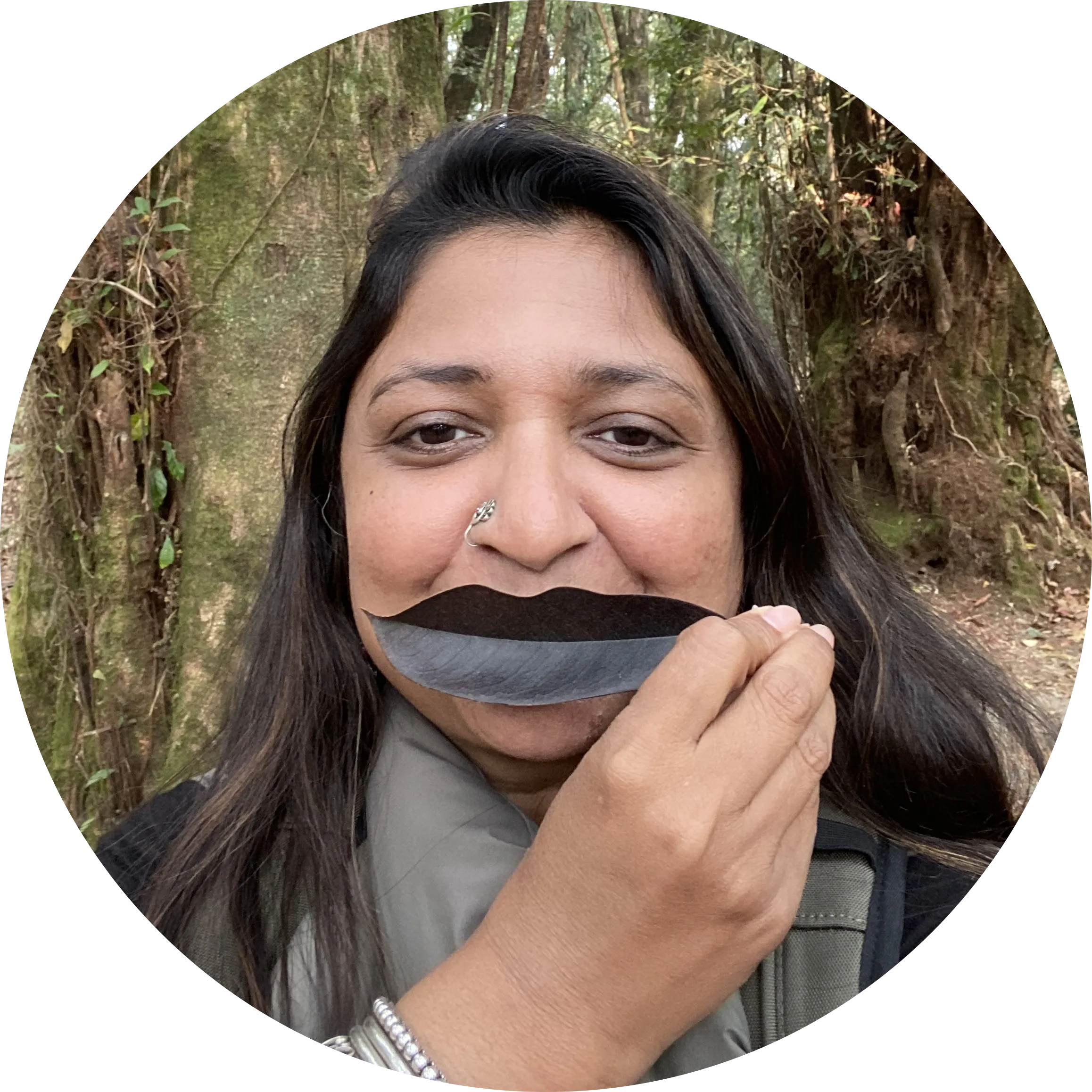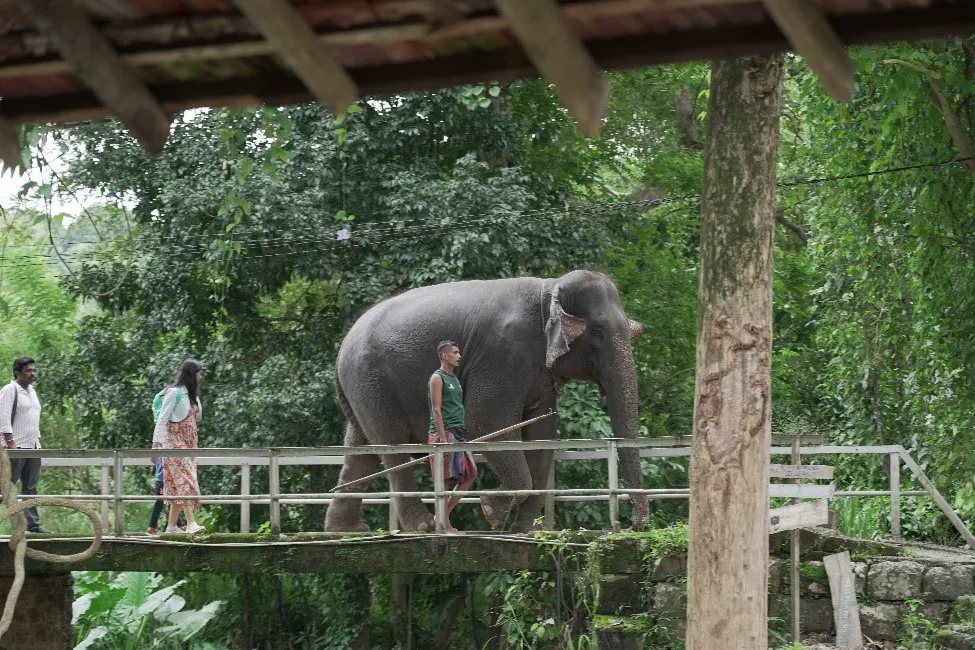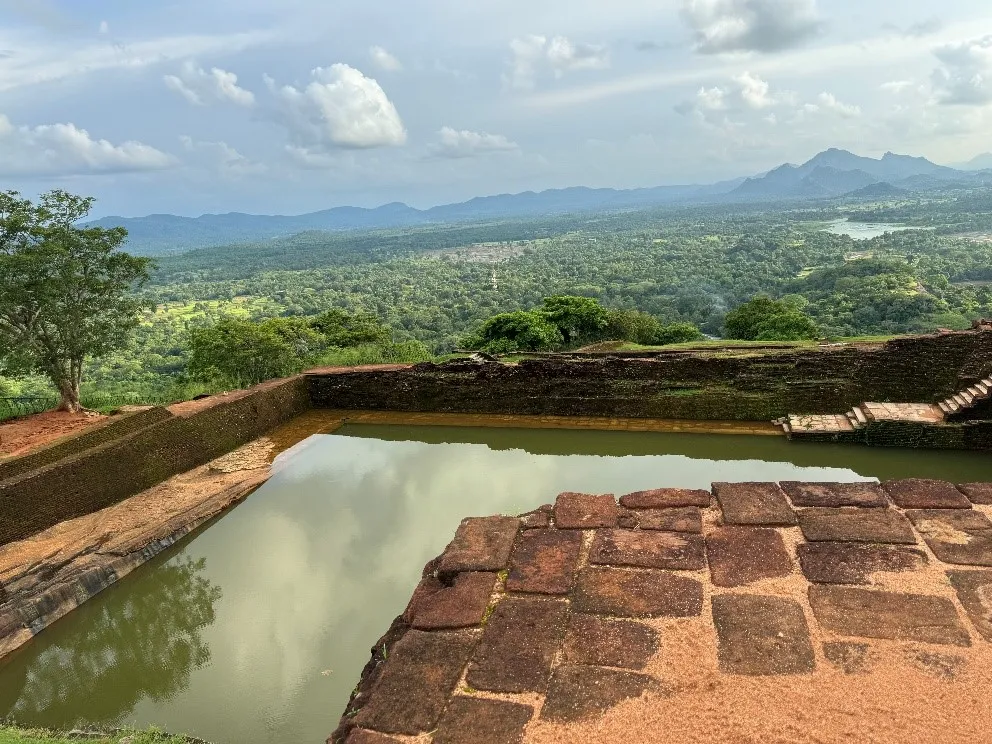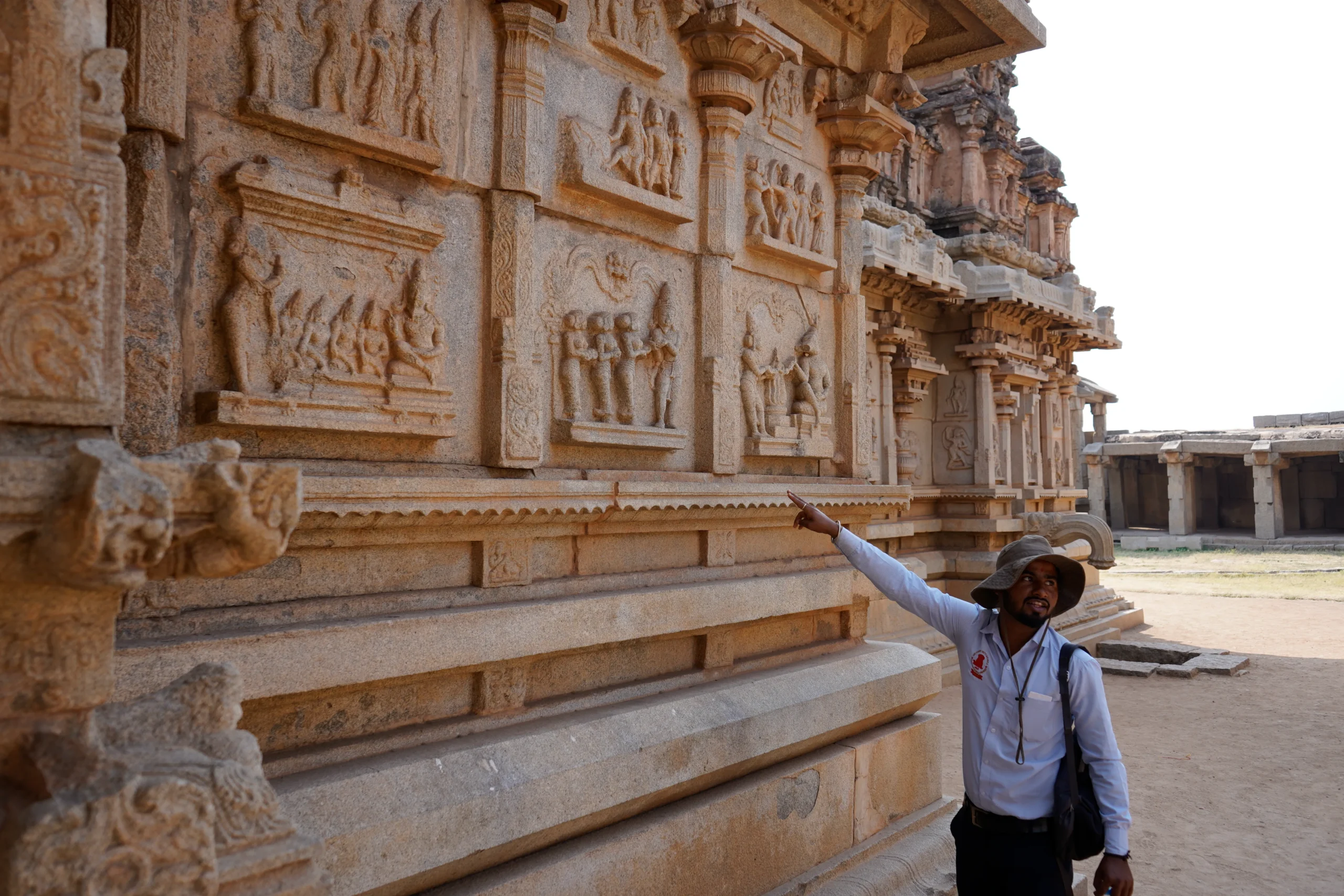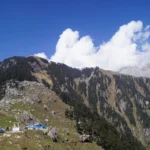Wayfaring In Bhutan – The Legend Of The Divine Madman
Lorem Ipsum is simply dummy text of the printing and typesetting industry. Lorem Ipsum has been the industry’s standard
Ritu@2017
In a country where any sort of crassness – either in the clothes women wear, the language or behaviour of the youth, or any sort of display of intimacy between the sexes (the closest we saw were the hand holding pictures of the newly wed King with his drop dead gorgeous wife) – is non existent, imagine our surprise when we found hand drawn sketches and paintings of a phallus with a ribbon tied around it, on the walls of regular village homes.
Getting caught by surprise was one matter; the subsequent embarrassing smiles we shared was quite another!
Indians are not unaccustomed to the symbol of the phallus. Worshipping the Shiva Linga is an age-old tradition steeped in Indian mythology. Unlike the “flying phallus” representation from Bhutan, the lingam worshipped across India is not an exact replica of the penis.
The phalluses in Bhutan are drawn in great detail and have a ribbon tied around them. They are sometimes also shown ejaculating.
After one of our short treks where we stumbled across the first of the many phalluses we were to see in the coming days, we sat in a rather quaint café located in the heart of Thimpu, the bustling (by Bhutan standards) Capital city of this Himalayan Nation browsing through books on Bhutan where we first read the reference to the phallic symbol and its significance.
Legend has it that Lama Drukpa Kunley who lived in the fifteenth century was born in Tibet and travelled to Bhutan as a young man. He was known as The Divine Madman. Here’s why:
“After his father was killed in a family feud, he became disillusioned with the world and dedicated himself to a religious life, eventually becoming a monk. In his early twenties, he gave up his robes and became a mendicant, wandering throughout the country and gaining mastery of the spiritual arts and magic.
As he traveled through Tibet and into Bhutan, he purposely spurned accepted ways of behavior as a method of calling attention to the hypocrisy, selfishness and greed of the world and thus lead people to adopt honest and spiritual lives. His unorthodox methods of religious teaching seem most peculiar from our frame of reference because they were based on a very ribald and debauched life style. The great lama spent much of his time singing and drinking with young ladies and deflowering virgins” quotes a website that organises trips to Bhutan.
The Lama was revered for the great power he possessed over evil. He is said to have conducted miracles like blessing or damning families, according to their moral treatment of others; slaughtering animals for their meat and then restoring them to life from their bones; exorcising evil spirits; and being able to travel on a spiritual plane with the ability to travel thousands of miles almost instantaneously.
The Divine Madman is a symbol of fertility and the phalluses are drawn on the outside walls of houses to promote fertility.
Right before we approached the town of Punakha, we were taken to Chime Lhakhang, the monastery Drukpa Kunley founded in 1499 which is dedicated to fertility. It is said that the hilltop where the monastery is located looks like a woman’s breast.
We were told by our cab driver that thousands of people from all over Bhutan come to this temple to pray for children. We saw women with little children bundled on their backs also praying for another such blessing.
The temple was calm and almost subdued and seemed very much in contradiction to the Divine Madman’s colourful legacy. Soon however we realised that serenity is the characteristic of all Buddhist temples in Bhutan. Lacking the fervour and cacophony of an Indian temple, we also saw that people not only visited the temples to offer prayer, but also sat in the surrounding areas, talking, playing with their children and snacking.
How to get there:
From Thimpu – To Punakha – 72 kms.
It is a three-hour drive. A few kms short of Punakha town is the monastery of the Divine Madman.
The walk from the area where vehicles can be parked to the monastery is not steep or long but to those unaccustomed to walking, the whole country may seem unfriendly and arduous.
Weather and climes:
The area was dry, dusty and windy in March. Winters are cold and Summers, warm is what we have been told.
Offerings:
Although one may make offerings of money at the temples and monasteries in Bhutan, offerings in kind – such as ghee to light lamps, biscuits, chips, fruit juices etc. – are also widely accepted and welcomed. According to a monk we spoke to, after being offered to the deity, the items are distributed amongst the needy. For a customised ‘off the beaten path’ itinerary in Bhutan, you can write to us at
easeindiatravel@gmail.com.





Author Details
